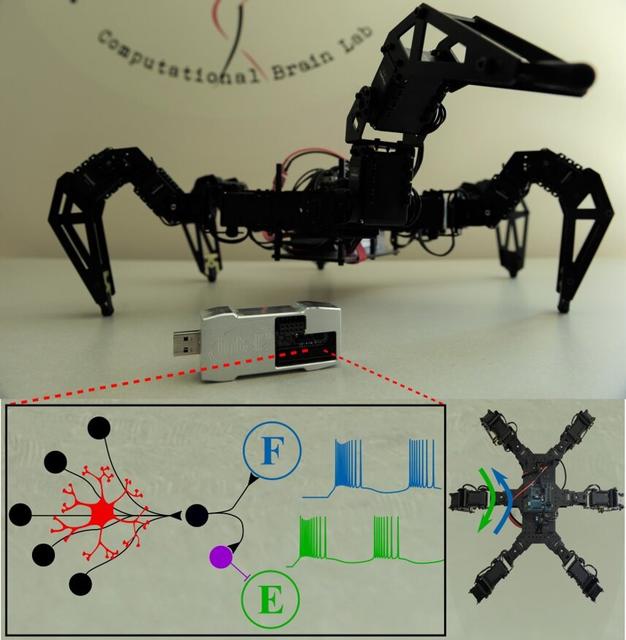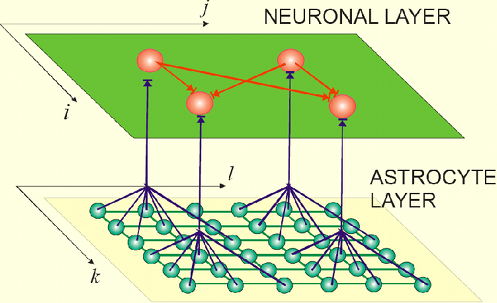
Neuromorphic processors, built on the principle of the interaction of neurons, show the best results in the field of artificial neural networks / machine vision tasks. However, they are far from imitating the processes occurring in the brain. One of the many reasons is astrocytes, the most abundant glial cells.
They were thought to have a supportive function for neurons, but research in recent decades shows that this type of cell does much more than fill the space between neurons, as researchers have believed for over a century. Research shows that these cells also play key roles in brain functions, including learning and central pattern generation (CPG), which is the basis for rhythmic behaviors such as breathing and walking.
Cons of existing neuromophilic solutions
The assumption that learning occurs only with strong connections between neurons is incorrect. In fact, learning and memory are optimally balanced in networks that
operate macroscopically on the brink of chaos , narrow dynamic mode
largely ignored in learning algorithms, but also manifested by the brain.
For the most part, neuromorphic solutions lack the combination of the computational efficiency of the global goal of the network with the versatility of the local, activity-dependent mechanism.
Neural-astrocytic network

Recognizing this gap in the existing literature, researchers at Rutgers University are developing brain algorithms that also account for and reproduce astrocyte function.
They propose (beware, tautology) a brain-morphic CPG controller based on a comprehensive neural-astrocytic network that generates two gait patterns for a robot. Based on newly identified astrocytic neuromodulation mechanisms, they offer us a CPG architecture that integrates seamlessly into the Intel Loihi neuromorphic chip using a real-time interaction environment between the chip and the robotic operating system (ROS) environment.
The Loihi CPG can be used to control a walking robot with resistance to sensory noise and variable speed profiles.
It is incredibly interesting to observe the development of new architectural approaches in the field of imitating the work of the brain. Research and experiments are underway that will greatly change our lives in the future. And our jobs.